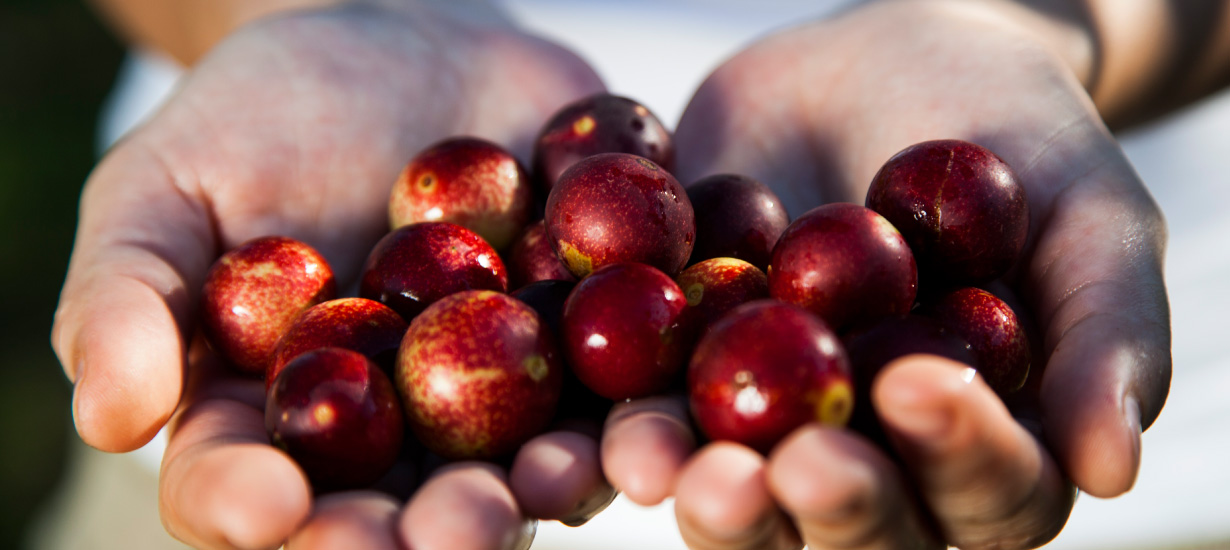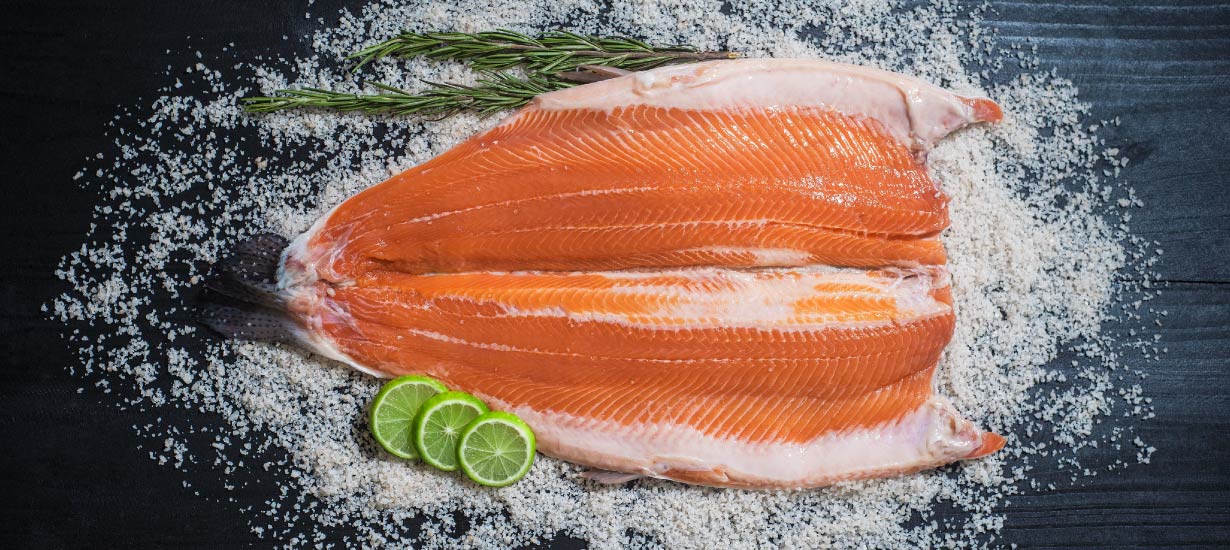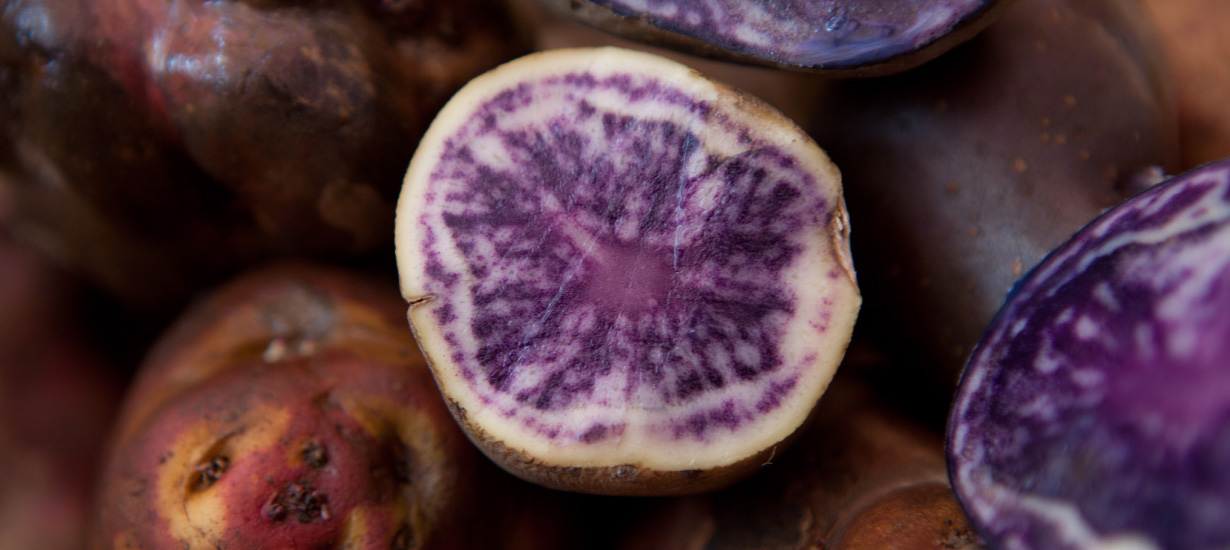World Food Day: Why you should be eating these peruvian superfoods?
Síguenos en:Google News
Ancient Peruvian foods are packed with high-quality proteins, vitamins, minerals, and antioxidants that help maintain a balanced diet.
Peru is recognized as a major producer of superfoods—nutrient-rich foods known for their exceptional health benefits. Many of these superfoods originate in Peru and play a key role in the country’s food security.
Want to get stronger and protect your health and your family’s? We recommend these eight superfoods packed with vitamins, minerals, and other nutrients to help keep illness at bay.
 Source: Shutterstock / PROMPERÚ
Source: Shutterstock / PROMPERÚ
Quinoa: The Andean golden grain
Quinoa, known for its exceptional nutritional value, contains protein with all ten essential amino acids, according to Peru's Ministry of Agrarian Development and Irrigation (MIDAGRI). This makes it a perfect option for those seeking a plant-based source of high-quality protein.
Its high fiber, protein, and vitamin content make quinoa a powerful ingredient. Consuming it twice a week can help prevent cardiovascular diseases, colon cancer, and diabetes, according to the National Health Institute (INS).
Additionally, MIDAGRI notes that quinoa is especially beneficial during children's growth and development stages, as it is easy to digest and cholesterol-free. Biochemical studies also confirm its high levels of essential amino acids that are easily absorbed by the body.
Quinoa is cultivated in 17 regions across Peru, with 94 % of the annual production concentrated in just six regions, led by Puno (41 %), Ayacucho (22 %), and Apurimac (11.3 %), according to MIDAGRI's report "Innovación en la cadena de valor de la quinua 2024" (Innovation in the Quinoa Value Chain 2024).
 Source: Shutterstock / PROMPERÚ
Source: Shutterstock / PROMPERÚ
Camu camu: Amazonian emblem
Camu camu is an Amazonian fruit with an exceptionally high vitamin C content—60 times more than oranges and 100 times more than lemons, according to MIDAGRI.
According to the scientific journal Attalea from the Peruvian Amazon Research Institute, camu camu pulp is rich in vitamin C, which boosts collagen production—a protein that supports cell growth and repair. It also helps prevent anemia.
Contrary to what one might expect, the camu camu peel contains more vitamin C than the pulp. It is packed with a remarkable amount of phenolic compounds, making it a powerful antioxidant with potential anticarcinogenic properties.
As one of the most important native fruits of Peru, camu camu supports the livelihoods of over 6,000 collectors in the Amazon. In Loreto and Ucayali, it is recognized as an emblematic crop, according to the Ministry of the Environment.
 Source: Biip / PROMPERÚ
Source: Biip / PROMPERÚ
Trout: The immune system booster
Trout is a highly nutritious fish, rich in high quality proteins and omega 3 fatty acids, which are beneficial for cardiovascular health, as they help reduce the risk of heart disease and control cholesterol, according to the "A comer pescado" (Let’s eat fish) program of the Ministry of Production.
According to nutritionist Claudia Diaz from the National Program, trout is an excellent source of vitamins A, B2, and B3, and it contains essential minerals such as iron, magnesium, potassium, phosphorus, and zinc. The Regional Production Directorate states that trout provides "good" cholesterol to the body, helping individuals who consume this fish reduce the risk of brain and heart attacks.
Trout is another superfood recommended for children during their growth stages and for athletes, thanks to its high protein content, which supports muscle and tissue growth and regeneration.
 Source: Sandro Aguilar / PROMPERÚ
Source: Sandro Aguilar / PROMPERÚ
Aguaymanto: The Peruvian goldenberry
The goldenberry is very high in pro-vitamin A, with concentrations reaching 3,000 IU (international units)—six times more than that found in tomatoes.
Its high concentration of vitamin C helps treat asthmatic conditions, sinusitis, and other allergies. Additionally, its antioxidant properties are excellent for delaying the aging process. It also aids in wound healing and boosts red blood cell production, acting as a natural tranquilizer.
According to the Goldenberry Market analysis conducted by Sierra y Selva Exportadora (SSE), an agency of the Ministry of Agrarian Development and Irrigation (MIDAGRI), Huanuco is the leading producer of goldenberry in Peru. The report also identifies Amazonas, Apurimac, Ancash, Arequipa, Ayacucho, Cajamarca, Cusco, Huancavelica, Junin, Lambayeque, Lima, Pasco, and Moquegua as additional producing regions for this fruit.
 Source: Adrian Portugal / PROMPERÚ
Source: Adrian Portugal / PROMPERÚ
Blueberry: A healthy wonder
The history of blueberries in Peru is truly remarkable. The growth of this fruit has been so rapid that the country has transformed from an emerging producer to one of the world's leading exporters in just a few years. According to the Food and Agriculture Organization of the United Nations (FAO), Peru is now the second-largest producer of blueberries globally, surpassed only by the United States.
Regarding its benefits, the College of Nutritionists of Lima CR IV recognizes blueberries for their high antioxidant content, which promotes smooth skin, helps prevent cancer, and supports the health of the arteries.
Regular consumption of blueberries is linked to healthy heart function and helps maintain low cholesterol levels. Additionally, this fruit significantly aids in reducing urinary infections.
La Libertad is the main blueberry-producing region in Peru, accounting for 46 % of total production, followed by Lambayeque (29 %), Ica (6.8 %), Lima (6.7 %), Ancash (6.4 %), Piura (5.3 %), and Moquegua (0.4 %), according to statistics from ProArándanos.
 Source: Yayo Lopez / PROMPERÚ
Source: Yayo Lopez / PROMPERÚ
Avocado: A delight for your taste buds
Often referred to as "green gold," avocado is a fruit renowned for its high nutritional value. It is rich in healthy fats, fiber, and natural sugars like fructose, which provide a significant energy boost for daily activities, according to MIDAGRI.
Due to its high magnesium content, avocado supports the functioning of the nervous and muscular systems while helping to regulate blood glucose levels. It also tones the nerves and skin and helps regulate cholesterol levels.
With its impressive nutritional profile and versatility in the kitchen, avocado is perfect for a balanced diet and promotes overall well-being. It can be enjoyed fresh, included in salads, or used as a garnish for main dishes.
Nationally, avocado is produced in 16 regions of Peru, primarily in La Libertad, Arequipa, Ica, and Moquegua, as well as in the valleys of Apurimac, Cusco, Huancavelica, Junin, Ancash, and the highlands of Lima, according to MIDAGRI.
 Source: Gisella.Benavides / PROMPERÚ
Source: Gisella.Benavides / PROMPERÚ
Native potatoes: Peru's gift to humanity
Cultivated in the heights of the Andes for over 5,000 years, the potato is a superfood celebrated for its high nutritional value and diverse colors, shapes, and flavors, making it Peru's true gift to humanity.
With over 4,000 varieties found in Peru, potatoes are a rich source of vitamins A and C, as well as minerals like iron and zinc. They contain 189 % more antioxidants, the majority of which are concentrated in the peel.
When it comes to varieties, it is important to highlight those with yellow pulp, as they protect against visual degeneration due to their concentration of beta-carotene. Meanwhile, potatoes with purple and red pulp are rich in antioxidant properties.
Cultivated traditionally and sustainably, native potatoes not only promote health but also support biodiversity and preserve the ancestral culture of Andean communities over the years.
In April 2024, the report Perú: Panorama Económico Departamental (Peru: Departmental Economic Outlook) was published, indicating that the leading potato-producing areas are Puno, Ayacucho, La Libertad, and Cusco, which together account for 71.3 % of the national total.
 Source: Gihan Tubeh / PROMPERÚ
Source: Gihan Tubeh / PROMPERÚ
Grapes: The brain's best friend
Many people enjoy grapes for their sweet and refreshing taste, making them a staple in the lunchboxes of children, teens, and adults alike. However, grapes hold even more treasures to discover, particularly their benefits for brain health.
According to the Mayo Clinic, grapes are rich in resveratrol, a compound known to enhance memory. Concord grapes, in particular, contain polyphenols that further support brain function.
MIDAGRI announced that the National Agricultural Health Service (SENASA) has certified 89,186 hectares of grapes across nine regions of the country. The main producing departments are Ica (44,483 hectares), Piura (30,155 hectares), and Lambayeque (7,531 hectares).
 Source: Daniel Silva / PROMPERÚ
Source: Daniel Silva / PROMPERÚ
Peru's climatic conditions enable the production of a wide variety of superfoods with exquisite flavors and unique properties.
Incorporate Peruvian superfoods into your diet today and every day, and you will notice improvements in your energy levels, digestion, cardiovascular health, and immune system.








